There is a museum in Benica that I believe has, or would know the whereabouts of, his plans and records.
Fantastic lead, thank you!
 |
As a way to introduce our brass coins to the community, we will raffle off a free coin during the month of August. Follow link ABOVE for instructions for entering. |
 |
There is a museum in Benica that I believe has, or would know the whereabouts of, his plans and records.
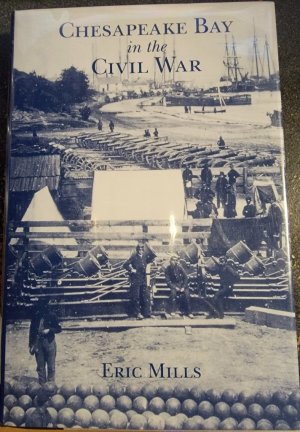
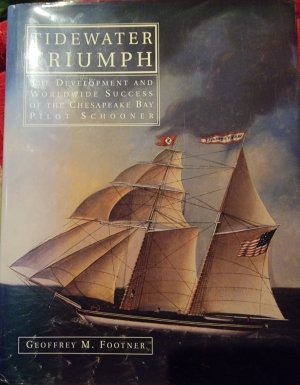
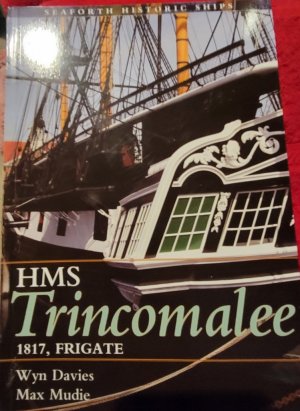
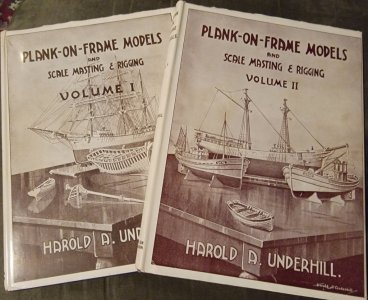
I have Geoffrey Footner's book on the Constellation.Just found these two, more research than modeling.
View attachment 557723 View attachment 557724
I knew Geoffrey Footner, worked on his house a few times, great guy if you agreed with him, irascible coot if you didn't.
I looking forward to his view on how Fells Point saved the world, hope it's better than his Constellation book.
A fellow I make reenacting stuff for, boxes, tables, etc; gifted me this one...
View attachment 557725
This popped up on ebay recently; a hard to find matched set for less than a used car.
View attachment 557726


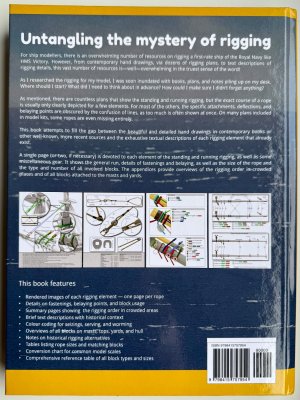
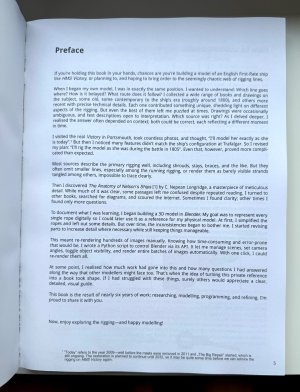
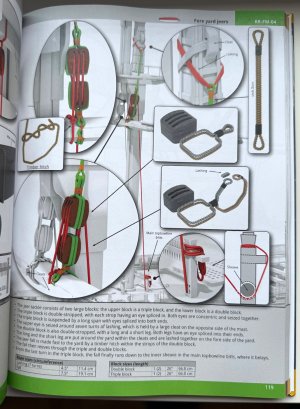
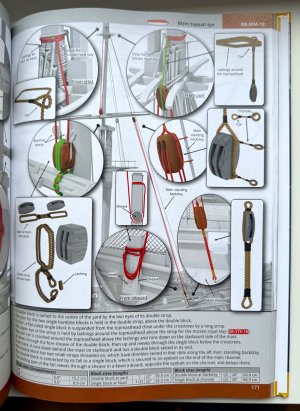
I've had it for a few years now; Geoffrey's book is full of "evidence" that had been long refuted, some even proven as forgeries, all driven by his angry need for the ship to have been built in Fells Point, and his hatred of Howard Chapelle. You'll see none of the evidence that the ship was a different design, built from scratch in 1854, the yard logs, material lists, drawings, documentation of the frigate being broken-up a hundred yards or so away, or anything else that trips up his preconceived conclusion in this book.I have Geoffrey Footner's book on the Constellation.
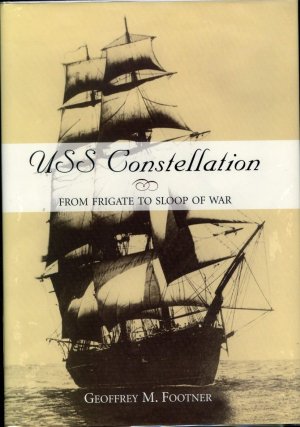
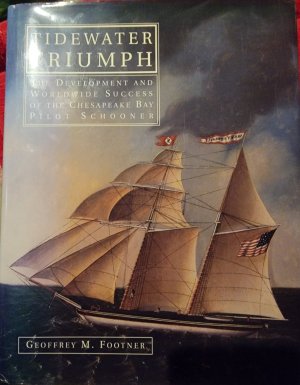

The jeers are secured to the yard on the wrong side of the blocks, so I would be wary.
Allan
